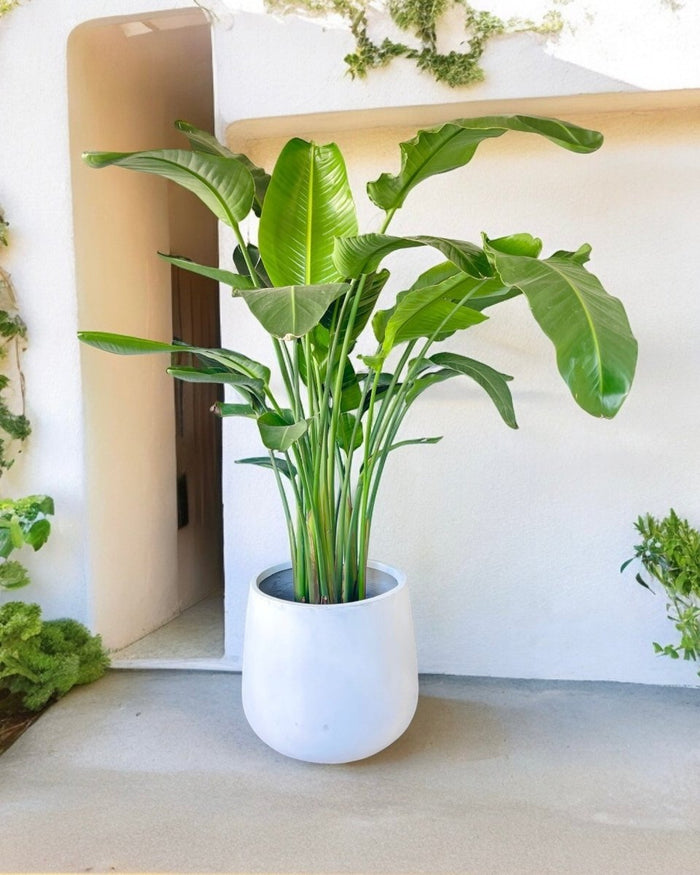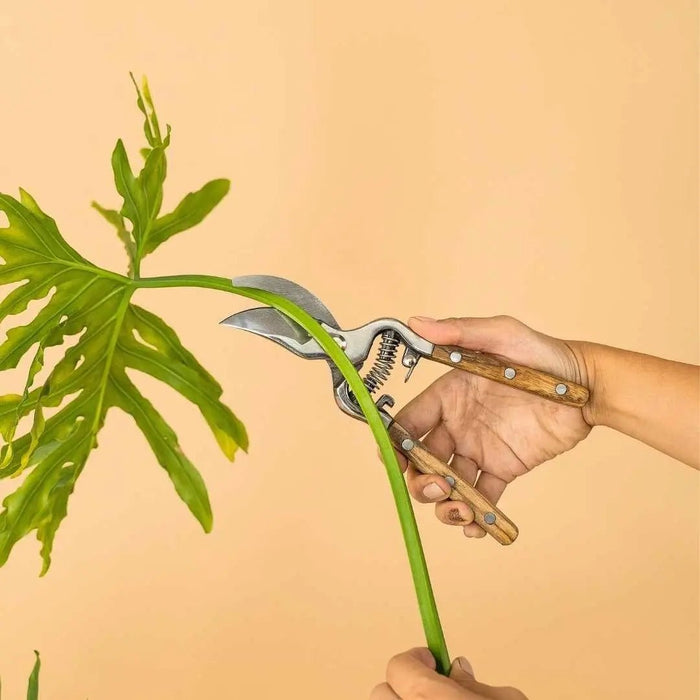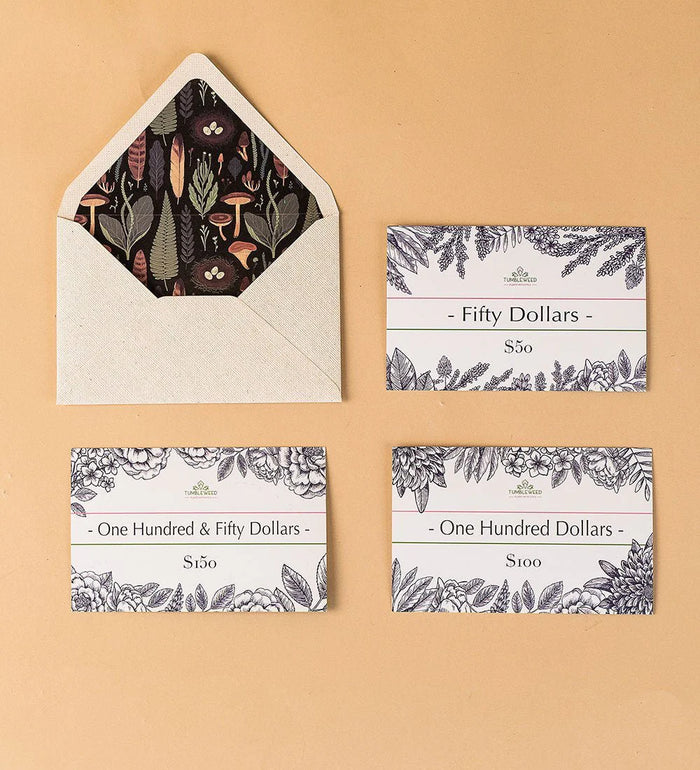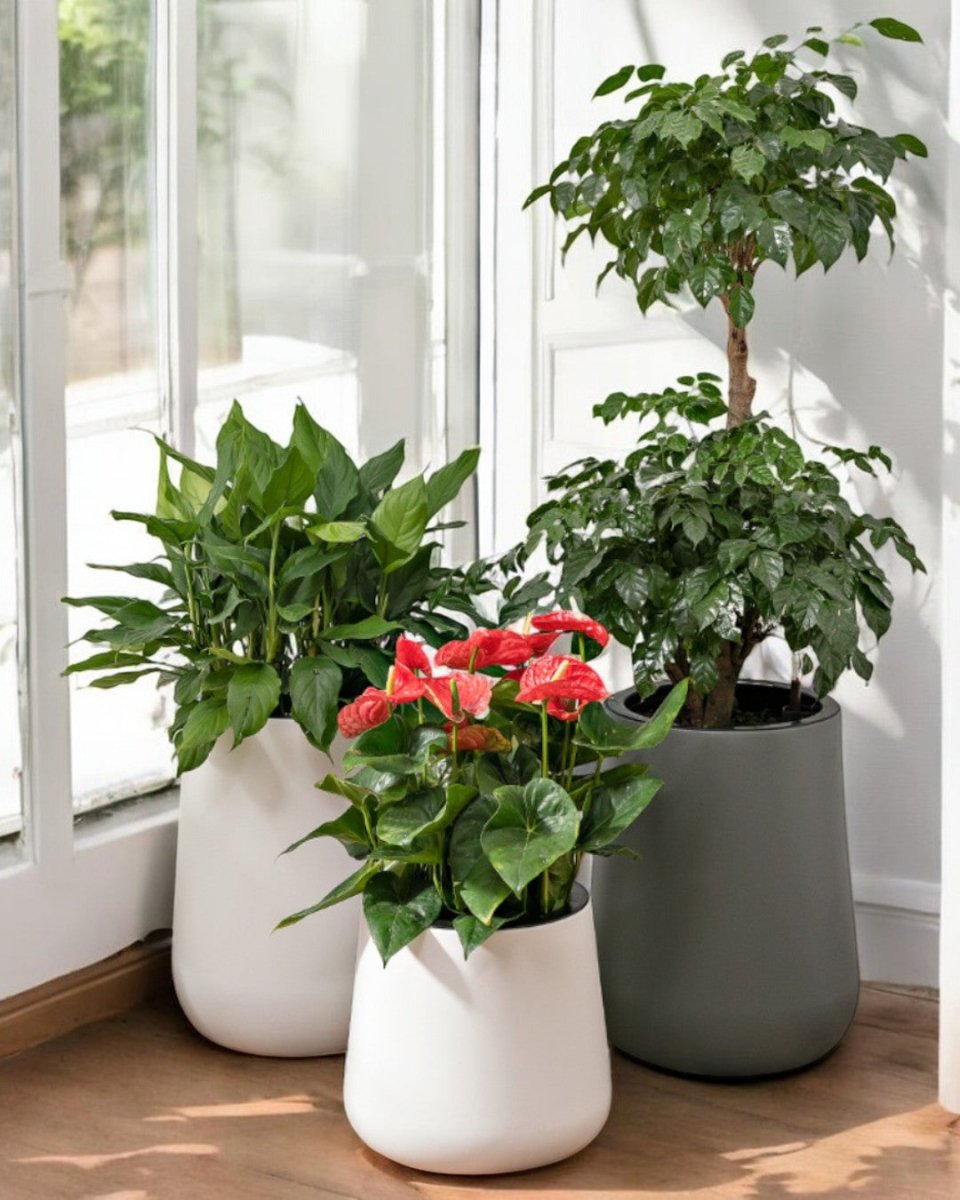Verified customer
Verified customer
Verified customer
Verified customer
Verified customer
Verified customer
Verified customer
Verified customer
Verified customer
Verified customer
Verified customer
Verified customer
Verified customer
Verified customer
Verified customer
Verified customer
Verified customer
Verified customer
Verified customer
Verified customer
Verified customer
Verified customer
Verified customer
Verified customer
Verified customer
Verified customer
Verified customer
Verified customer
Verified customer
Verified customer
Verified customer
Verified customer
Verified customer
Verified customer
Verified customer
Verified customer

Verified customer

Verified customer

Verified customer
Verified customer

Verified customer

Verified customer

Verified customer
Verified customer

Verified customer

Verified customer

Verified customer
Verified customer

Verified customer

Verified customer

Verified customer
Verified customer

Verified customer

Verified customer

Verified customer
Verified customer

Verified customer

Verified customer

Verified customer
Verified customer
95% of customers say they’d shop again.
100,000+ Plants Delivered
From cozy homes to thriving offices, our plants have found their perfect spots across Singapore.
Join thousands of happy plant parents who’ve brought more green into their lives — and loved every moment of it.
🪴 See their stories. Feel the joy. Grow yours.
Verified customer
Verified customer
Verified customer
Verified customer
Verified customer
Verified customer

Verified customer

Verified customer

Verified customer
Verified customer
Verified customer
Verified customer
Verified customer
Verified customer
Verified customer
Verified customer

Verified customer

Verified customer

Verified customer
Verified customer
XXL Large Planters: For those looking for a larger outdoor decoration or planter, extra large planters are a perfect choice. Extra large planters are excellent for housing larger plants such as trees and shrubs. Read more about our Extra Large Planters collection here.
Let customers speak for us

Plants with Style
We believe that plants makes the perfect home decor, and we work with the best in class manufacturers to design and craft exclusive beautiful home decor planters. Mix & Match our planters today!
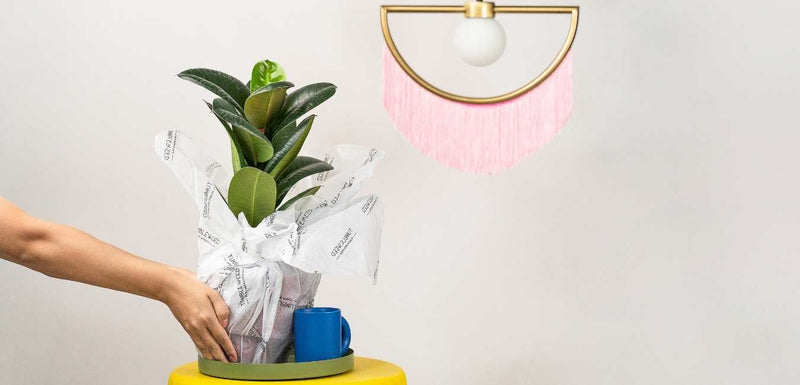
Gift Ready
Looking to send them as a gift? We offer complimentary gift messages. Need we say further that our plants are gift ready?

Hand Delivered with Care
We hand deliver our plants so that when you receive them, they are as per how we would love to receive plants. Backed by Happiness Guarantee, Shop with Confidence!


Do you know that we deliver same day, and have a large selection of plants?
If you can't find what you are looking for, or need them on a specific date, do reach out to our Plant Concierge and we would be happy to assist you!






